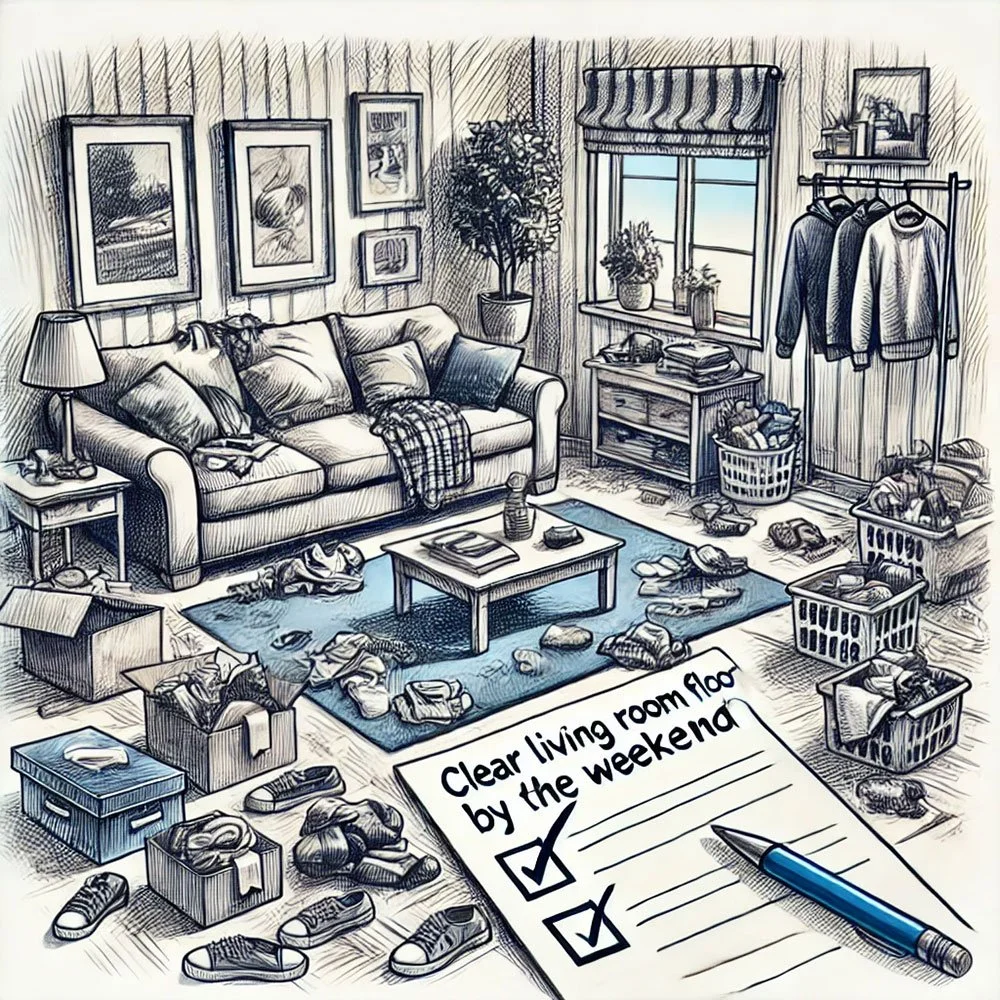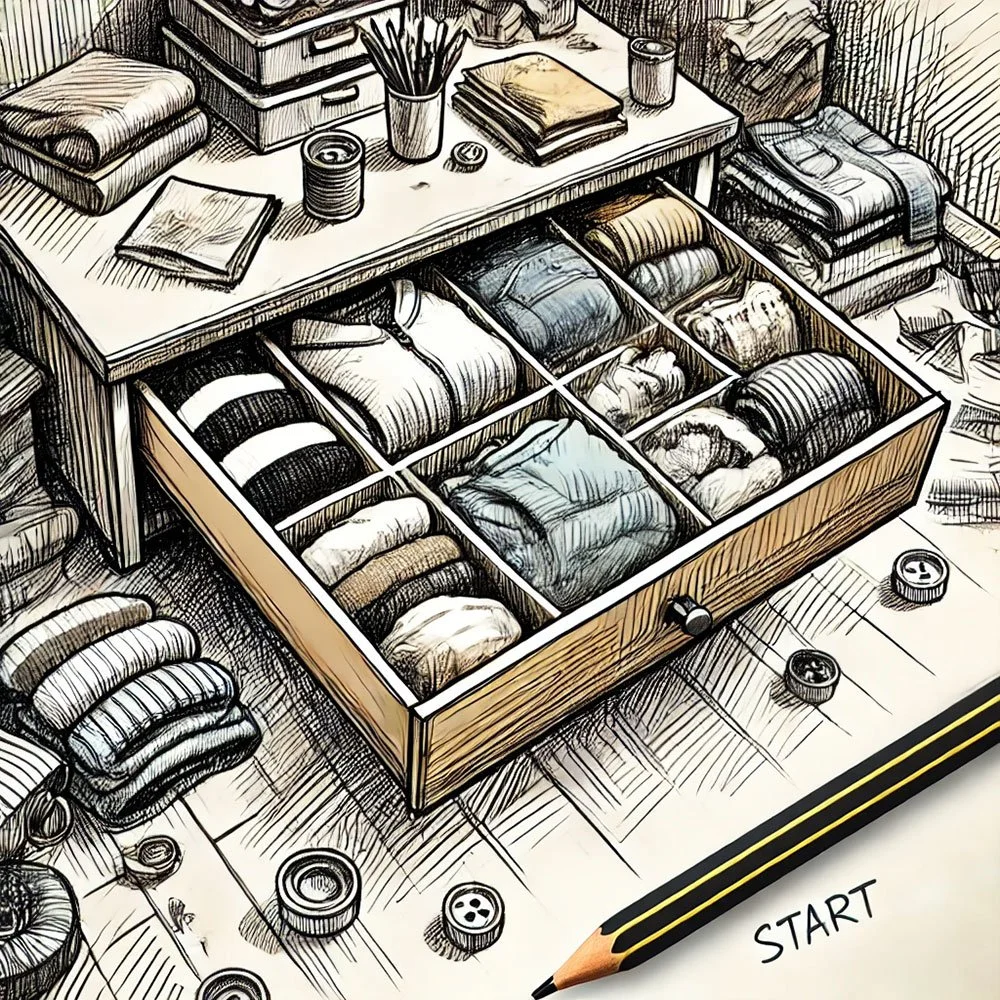Overcome Hoarding: A practical clean-up plan for lasting change
Overcoming Hoarding: A Practical Clutter Clean-Up Plan for Lasting Change
At Harmony Environmental Services, we understand the emotional and physical challenges associated with hoarding and clutter. Whether you or a loved one is struggling with hoarding behavior, taking the first step toward a clutter-free life can be daunting. In this blog, we’ll guide you through a practical, step-by-step plan for overcoming hoarding and creating a space that supports a healthier lifestyle. For more information on our services, visit Harmony Environmental Services.
Why a Clear Clutter Clean-Up Plan Matters
When dealing with hoarding, the clutter can feel overwhelming, making it hard to know where to start. A structured plan can break down the process into manageable steps, making it easier to see progress and maintain motivation. Setting specific, achievable goals helps create a sense of control and makes the clean-up process less intimidating.
Steps to Create an Effective Hoarding Clean-Up Plan
1. Define Your Clean-Up Objectives
When tackling a hoarding situation, setting clear and specific objectives is key. General goals like "clean the house" lack focus. Instead, define exactly what you aim to achieve and where you want to start.
Example: Rather than saying, "I want to clean up my entire home," set a goal like, "I will start by clearing out the living room floor by next weekend." This provides a clear starting point and helps direct your efforts.
2. Begin with Small, Manageable Tasks
Overcoming hoarding doesn't happen overnight, and trying to do too much at once can lead to burnout. Start with smaller tasks to gradually build momentum and confidence.
Example: Begin with a single shelf, drawer, or small area. Set a goal like, "I will sort through this one shelf in 20 minutes." Once completed, acknowledge your progress and move to the next small task. This gradual approach keeps motivation high.
3. Set Realistic Timeframes
Being realistic about the time you can dedicate to clean-up tasks is crucial. Overly ambitious goals can be discouraging if they aren’t met, so set timeframes that align with your daily routine.
Example: Instead of planning to declutter an entire room in one day, try "I will spend one hour each day this week clearing the clutter from the bedroom." This breaks the project into manageable chunks, reducing the risk of feeling overwhelmed.
4. Focus on Areas Causing the Most Disruption
Identify the areas in your home that most affect your daily life. Starting with spaces that have the greatest impact will help you see immediate benefits from your efforts.
Example: If a cluttered kitchen is making meal preparation difficult, prioritize clearing the countertops. Set an objective like, "I will organize the kitchen counters by Sunday to make cooking easier." Addressing high-impact areas first helps improve your daily experience quickly.
5. Connect Your Goals to a Meaningful Reason
Motivation can dwindle during the decluttering process, especially with hoarding behavior. Tie your clean-up goals to a personal "why" to maintain focus and commitment.
Example: "I’m organizing my home so I can feel comfortable inviting family over again." When goals are connected to meaningful outcomes, it becomes easier to stay on track and push through challenges.
6. Document Your Clean-Up Plan
Writing down your clean-up goals and progress helps turn your intentions into a structured action plan. Keeping a visible reminder in your living space can boost accountability and reinforce your commitment.
Example: "By the end of this month, I will have cleared out the hallway and donated unused items." Documenting your goals provides a tangible target to work towards and a record of your achievements.
7. Celebrate Every Achievement
Cleaning up hoarded spaces is a big task, and it’s important to acknowledge each success along the way. Celebrating even small milestones can help maintain motivation and make the process more rewarding.
Example: After clearing a room or sorting through a box of items, reward yourself with something enjoyable, such as watching a favorite show or having a special treat. Recognizing your efforts will keep the journey positive and inspiring.
Reflect on Your Clean-Up Journey
Before starting your hoarding clean-up journey, take a moment to reflect on your motivations and what you hope to achieve. What positive changes do you want to see in your daily life? Aligning your clean-up efforts with what truly matters to you makes the process about more than just removing clutter—it’s a step toward creating a safer, more enjoyable living environment.
Remember, overcoming hoarding behavior is a gradual process, and refining your goals as you go is perfectly normal. The important thing is to stay committed and continue moving forward, one step at a time.
Need Assistance? Contact Harmony Environmental Services
If you need help with hoarding clean-up, Harmony Environmental Services is here to support you. Our compassionate and professional team can help create a safe, clutter-free space. Visit Harmony Environmental Services for more information or to schedule a consultation.
Let’s work together to restore your home and improve your quality of life.



